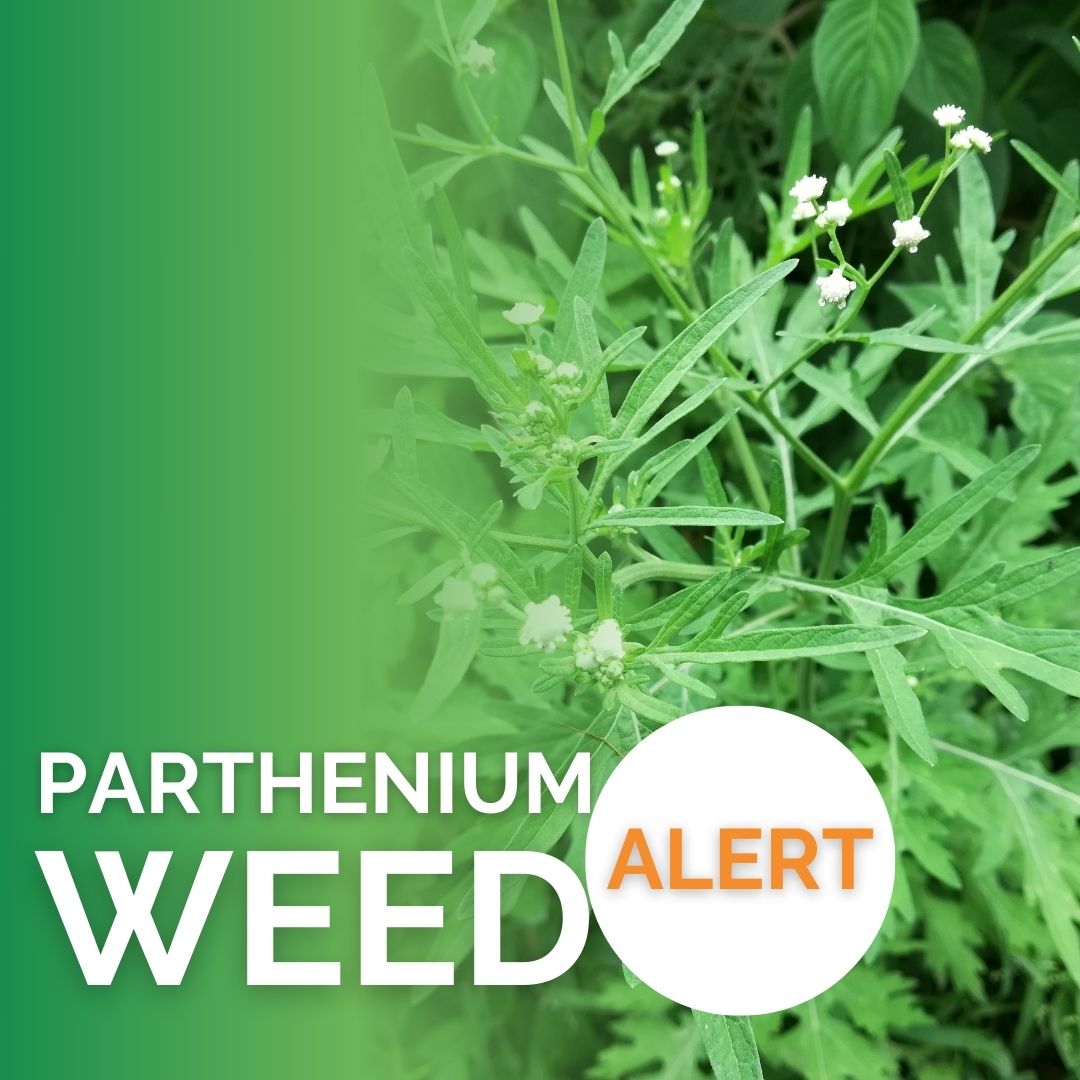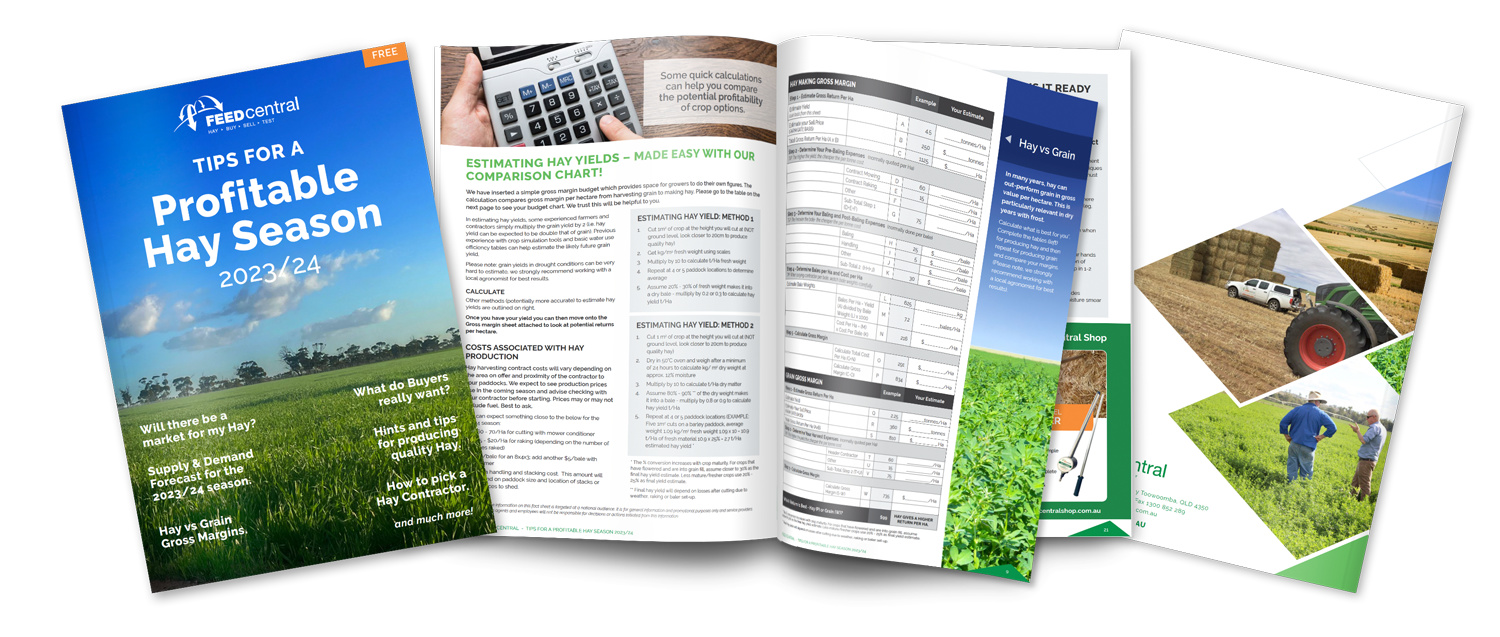We are often asked whether it is best to determine the mineral content of feed via NIR or wet chemistry analysis. While NIR is a fast, effective and reliable way to determine the nutritional content of feed, it is not the most effective to determine mineral content. This is due to the fact that minerals do not reflect infrared light so an accurate analysis cannot be obtained. NIR mineral analysis is estimated based on the typical relationship that the mineral has with the other nutritional parameter results and hence should be used more as a guideline.
If you need to know the exact mineral content then think about getting a wet chemistry mineral test done with us which tests for the following minerals (plus DCAD calculation) – NIR + DCAD + MINERALS:
- Sodium % – Sodium is an essential element and can affect potassium levels by regulation through the kidneys.
- Iron PPM – Iron is essential for animal health as an Iron deficiency makes the animal more susceptible to infection.
- Zinc PPM – Zinc is involved in over 80 different enzyme systems, in particular promoting strength of the immune system. It also acts as an antioxidant nutrient which is necessary for protein synthesis, reproductive development and health related activities.
- Copper PPM – Copper accumulates in the liver and having excess or a deficiency can cause numerous health affects such as diahorrea, poor growth and infertility.
- Molybdenum PPM – Molybdenum is essential for the regulating the pH balance in the body. It has been found to interfere with the absorption of copper and restrict transportation of calcium to the bones.
- Manganese PPM – Manganese is an important part of bone development and energy. It is distributed throughout the body in the muscles, bones, kidneys and liver. Manganese deficiency can lead to slower rate of bone growth and repair and hence can affect overall body strength.
- Potassium – Potassium is a particularly important mineral for springer cows. You should aim for less than 2% in your feed test results. Potassium has an effect the several body system including osmotic pressure regulation and water balance, electrolyte balance, acid-base balance, enzyme activators, muscle contractions and nerve impulse conduction.
- Calcium – Calcium is associated with bone and teeth formation, blood clotting, muscle contractions, transmission of nerve impulses, cardiac regulation, and activation and stabilization of enzymes. It is also an import component in milk.
- Magnesium – Magnesium is found in skeletal tissue and bone. It is associated with neuromuscular transmissions and is an enzyme activator.
- Phosphorus – Phosphorus is needed for bone and teeth formation. It is a key component of energy metabolism, milk production and body fluid buffer systems.
- Sulfur – Sulfur is needed for microbial protein synthesis, especially when a high proportion non-protein nitrogen (NPN) is fed.
- Chloride – Chloride is associated with acid-base balance, osmotic pressure regulation and is as component in gastric secretions.
- RESULTS INCLUDE
- • Minerals
- • Wet Chemistry
- • DCAD
- • Crude Protein
- • Digestible Energy
- • Metabolisable Energy
- • Neutral Detergent Fibre (NDF)
- • Acid Detergent Fibre (ADF)
- • Water Soluble Carbohydrates (WSC)
- • Simple Sugars (ESC)
- • Crude Fat
- • Starch
- • Ash
- PACKAGE INCLUDES
- Feed Test Quality Certificate
Please CLICK HERE to download the Feed Testing Brochure & Submission Form powered by Dairy One – Forage Laboratory
-
Why Does Hay Get Dusty And What Causes It?
Author Neville Janke Neville Janke is a qualified agronomist and Horticulturist with over 20 years of experience guiding farmers in the Agricultural and Horticultural industries. With this experience, Neville has been helping long-term users of Hay and grain to experience the Feed Central way of sourcing quality Feed for hungry cattle. View all posts

